The basics – how a timekeeper works
This post was written by Oliver Cooke
Old clocks and watches are fascinating even without knowing how they work, but just a simple explanation provides a much deeper appreciation.
The timekeeping function of mechanical timekeepers can be explained as just five elements:
1 – Energy Source
All machines, including timekeepers, need energy to work. The energy is usually stored in a weight or spring. When it is wound, energy is transferred from our muscles and into the driving weight (as it moves up against the force of gravity) or the mainspring (as it tightens-up). This energy is released into the timekeeper as the weight drops or the mainspring unwinds.

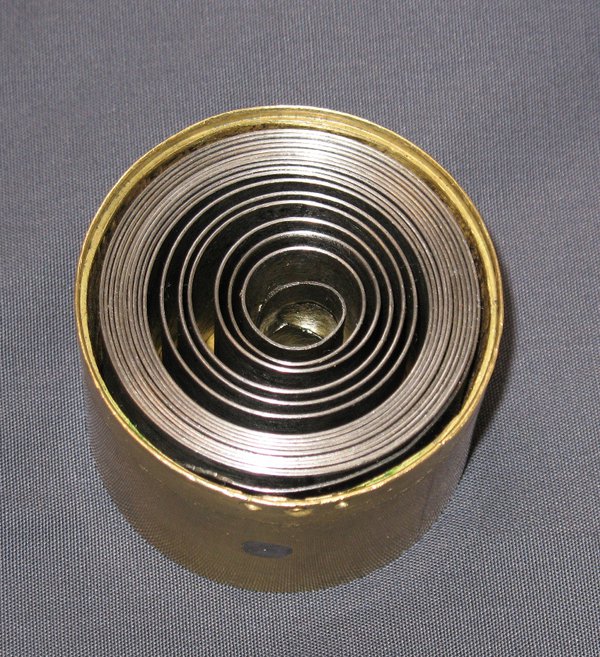
2 – Wheels
An interconnected series of toothed wheels and pinions, known as a train, transmits the energy through the timekeeper. The energy source moves slowly and the wheel at the furthest end of the train moves quickly. This is the opposite of a car gearbox, where the engine revs quickly and the wheels on the road rotate more slowly.
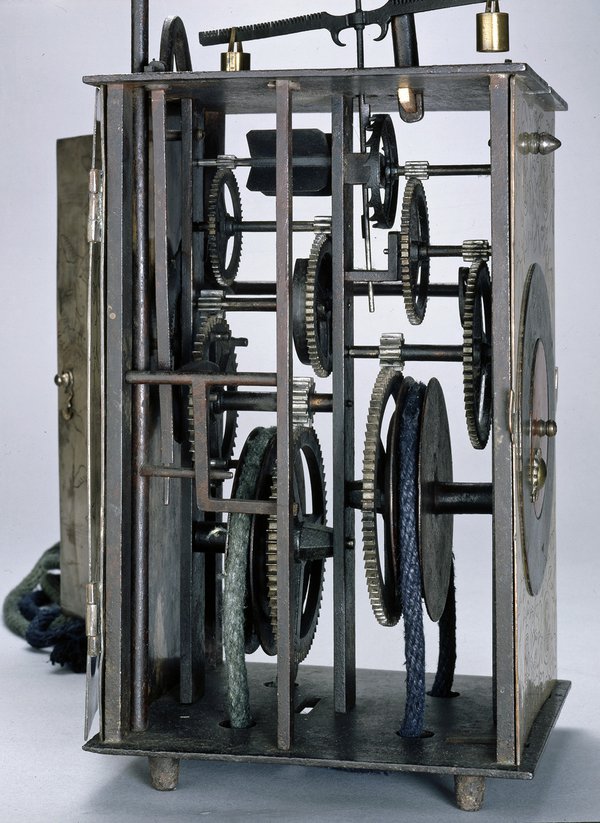
3 – Escapement
The escapement is connected to the quickly moving end of the train of wheels. Like a turnstile which allows one spectator through at a time, the escapement allows one wheel tooth to pass through (or 'escape') at a time. Without it, the wheels would whizz until the weight hit the floor. The ticking of a timekeeper is the sound of the escapement stopping a wheel tooth.


4 – Controller
The controller is connected to the escapement – it controls the rate at which it allows the teeth to pass through. As each tooth passes the escapement, it gives the controller a little push to keep it going. A common controller is a pendulum, which is just a hanging weight – give it a push and gravity makes it swing, at a steady rate. Because gravity is very constant, pendulums are great for good timekeeping.
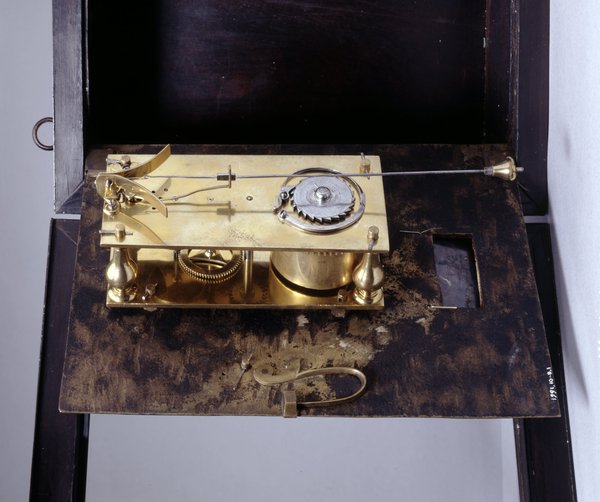
5 – Indicator
The part of the timepkeeper that tells us the time. Most familiar are hands on a dial. A clock striking a bell gives an aural indication of time – sometimes from many miles away.
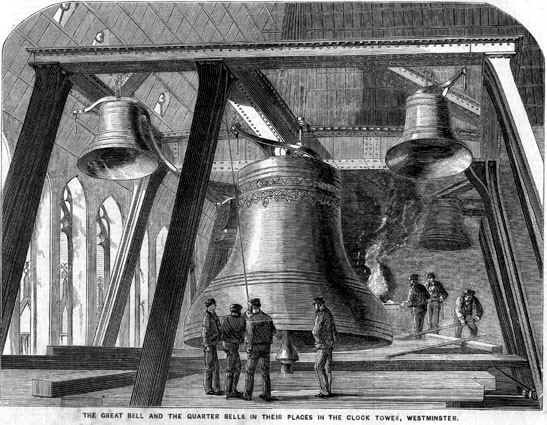
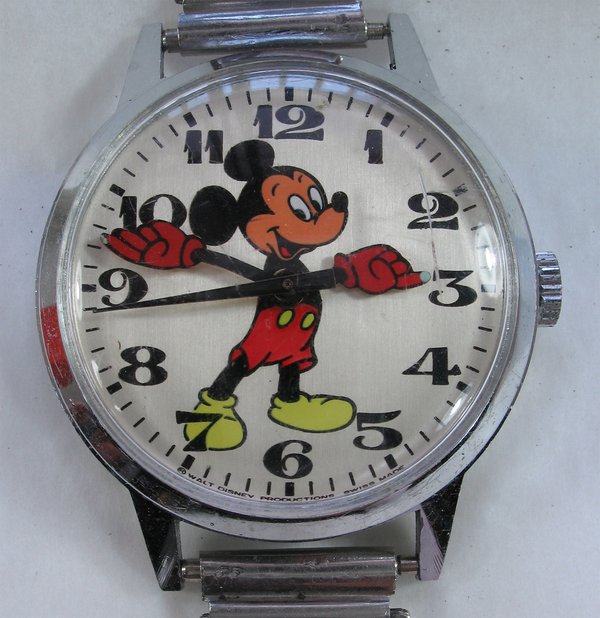
These five elements apply to (almost!) all mechanical timekeepers from the most ancient to the modern. They can vary wildly, but are there if you look!
PS This superb website has interactive animations showing how escapements (and some other horological bits) work.